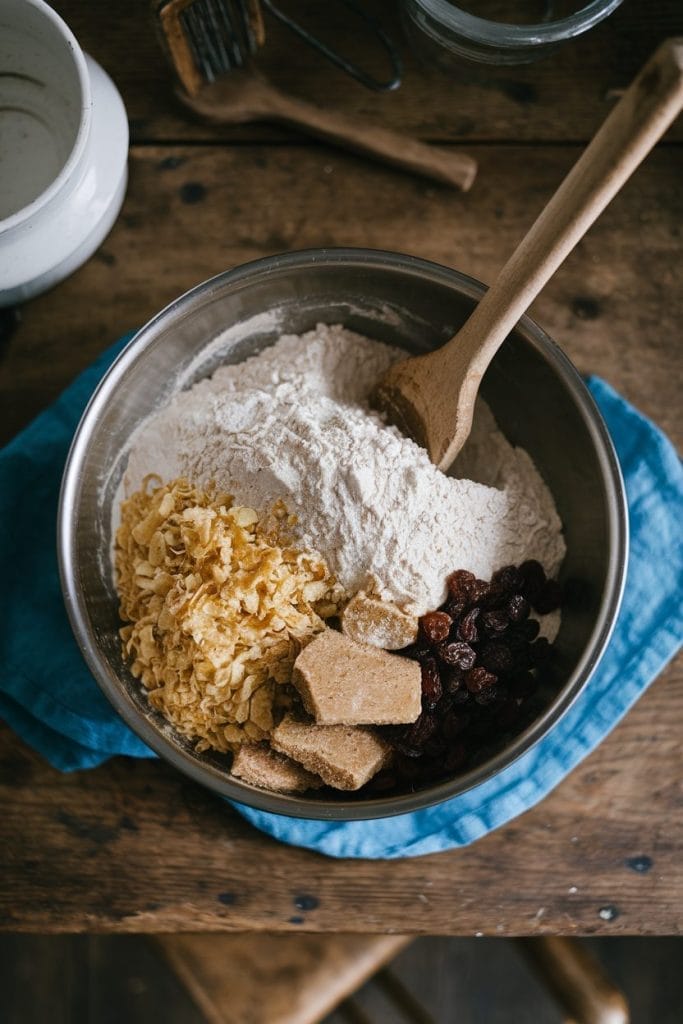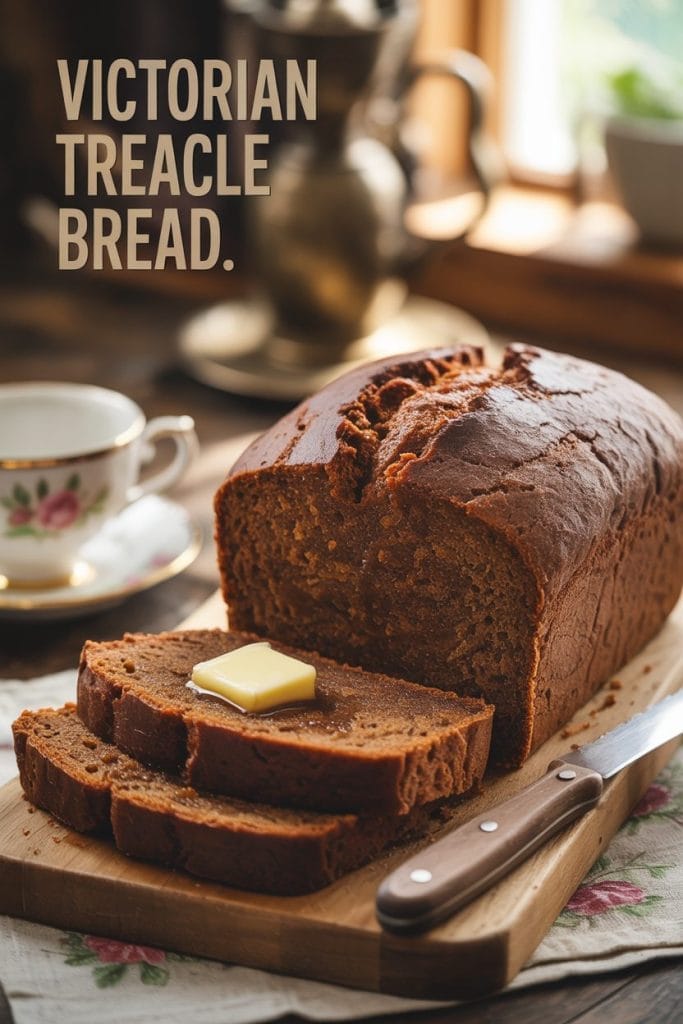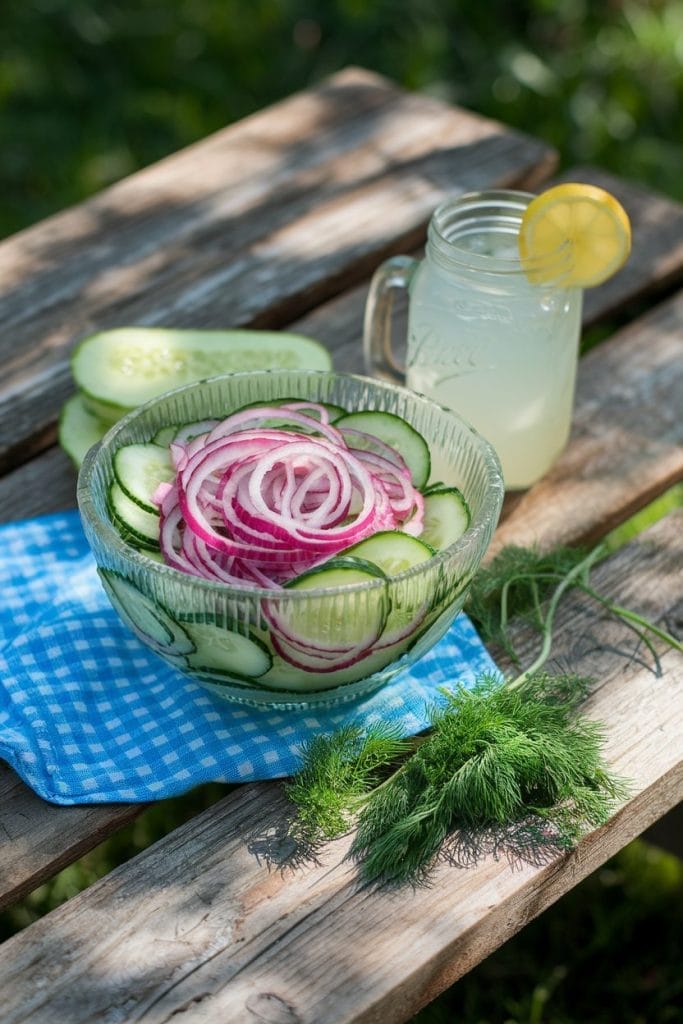Home > Single Recipes > A Steamy Delight from the Past: Traditional Colonial Suet Pudding
Last Updated: April 7, 2025
I Made These FREE Vintage Recipe Tools JUST For You
This recipe was created with help from AI tools and carefully reviewed by a human. For more on how we use AI on this site, check out our Editorial Policy. Classic Fork earns a small commission from Amazon and other affiliate links at no extra cost to you, helping us keep our content free and honest.
A Steamy Delight from the Past: Traditional Colonial Suet Pudding
Time Period:
Meal Type:
Cooking Time: 2 hours
Prep Time: 20 minutes
Total Time: 2 hours 20 minutes
Servings: 6 servings
Calories: ~450 kcal per serving
Back when ovens weren’t common and people cooked over open flames, steamed puddings were the sweet reward after a long day.
Suet pudding was a favorite. It’s rich, moist, and a little dense. Perfect with a drizzle of molasses or a scoop of custard.

What Would You Cook in Wartime?
Step back in time and discover what you could make with limited wartime rations
History
This dish was common in colonial homes. British settlers brought it over, and it stayed popular for years.
Suet, the hard fat from around cow or sheep kidneys, was used a lot in cooking back then. It gave food a firm, rich texture that butter just couldn’t match.
Families steamed the pudding for hours, usually on Sundays or special gatherings.
Equipments
- Large mixing bowl (I love this mixing bowl set)
- Measuring cups and spoons
- Cheese grater (Durable hand crank cheese grater) (to grate suet)
- Pudding mold or heatproof bowl
- Clean kitchen towel or parchment paper
- String
- Large pot with lid (for steaming)
- Trivet or small rack for the bottom of the pot
Ingredients
- 1 cup shredded beef suet (or substitute with frozen grated butter if needed)
- 2 cups all-purpose flour
- 1 tsp baking powder
- ½ tsp salt
- ½ tsp ground cinnamon
- ½ tsp ground nutmeg
- ¾ cup brown sugar
- 1 cup raisins or currants
- ¾ cup milk (add a bit more if too dry)
- 1 egg

Instructions
Step 1: Prepare the Suet
Grate the suet finely. If using butter, freeze and grate it the same way. Keep cold until mixing.
Step 2: Mix the Dry Ingredients
In a large bowl, combine flour, baking powder, salt, cinnamon, and nutmeg. Stir well to spread the spices evenly.
Step 3: Add Suet and Fruit
Add the grated suet and brown sugar into the dry mix. Toss in raisins or currants. Mix until the suet and fruit are coated in flour.
Step 4: Pour in Wet Ingredients
Beat the egg and mix it with milk. Slowly add to the dry mix, stirring until it becomes a sticky dough. Don’t overmix.
Step 5: Fill the Pudding Mold
Grease the pudding mold or heatproof bowl. Spoon the mixture in, leaving a little space at the top to let it rise.
Step 6: Cover and Secure
Cover the top of the mold with parchment or a clean towel. Tie it tightly with string to keep it in place.

Step 7: Steam the Pudding
Place a trivet or rack inside a large pot. Fill with water up to halfway up the pudding mold. Place the mold on the trivet.
Cover the pot with a lid and steam for 2 hours. Check now and then to make sure water doesn’t dry out. Add more hot water if needed.
Step 8: Let It Rest and Serve
Once cooked, carefully lift out the mold. Let it cool slightly. Turn out onto a plate and slice.
Serve warm with molasses, custard, or a simple sugar syrup.
Special Notes
Suet can be found at butcher shops. It must be cleaned well and grated cold.
You can swap dried fruits or even add chopped apples or nuts for extra flavor.
Don’t lift the lid during steaming too often. It can ruin the texture.
Nutrition
Per serving (based on 6 servings):
- Calories: ~450
- Fat: 24g
- Carbs: 55g
- Sugar: 22g
- Protein: 6g
- Fiber: 2g

Maggie Hartwell
Hi there, I’m Maggie Hartwell, but you can call me Maggie—the apron-clad foodie behind Classic Fork! I created Classic Fork because I’m convinced food has a way of telling stories that words can’t. So, grab a fork and dig in. The past never tasted so good!






